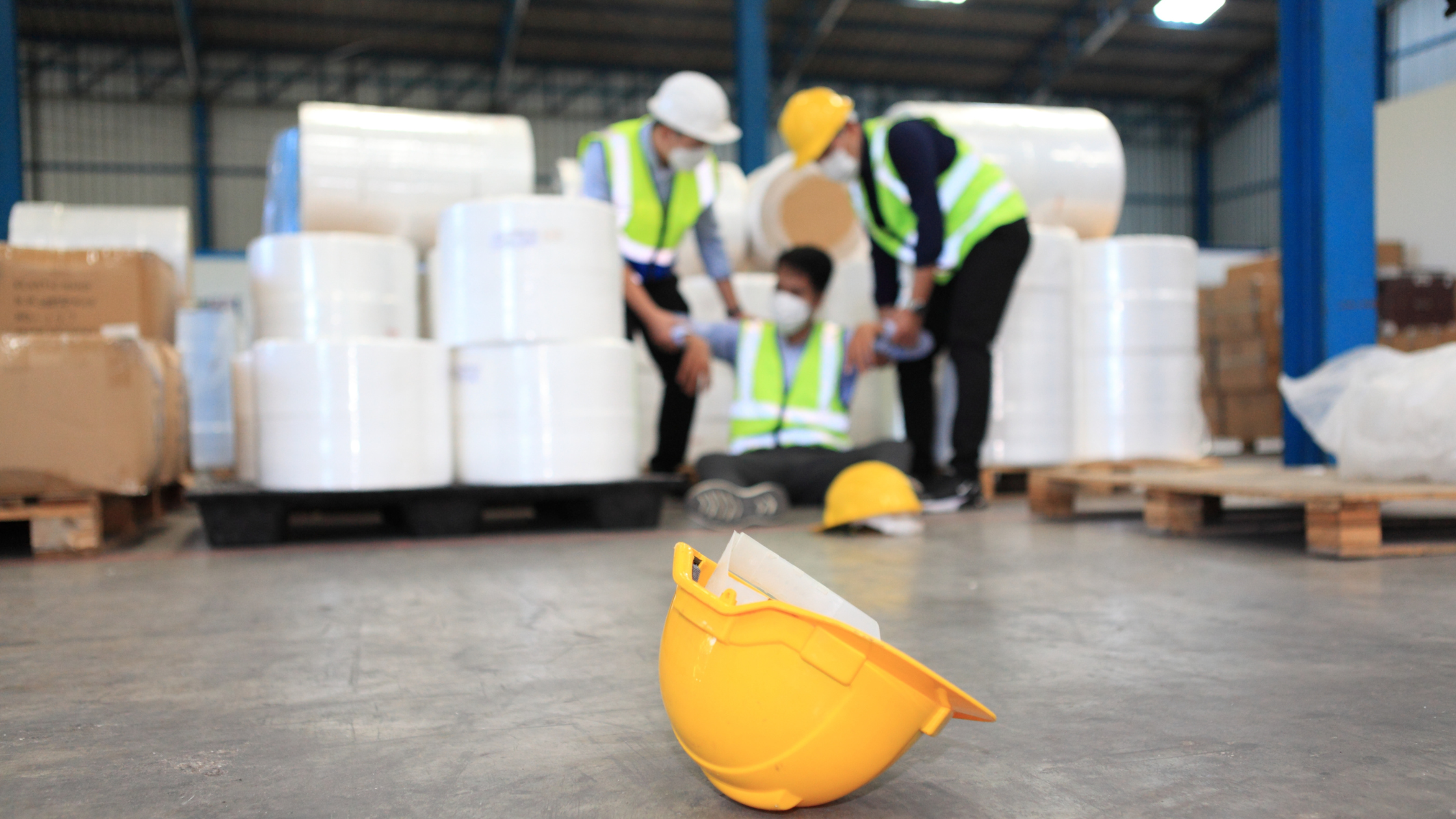Workplace accidents don’t have to define a business, but how a company responds to accidents often will. It’s all about planning ahead and having a structure for how you’ll respond when things go wrong. This means having both a short-term plan and a corrective action template to fix what went wrong in the long run. Neither of these is easy to accomplish, which is why we wanted to share some tips and best practices for how companies can respond when there is a safety accident in the workplace.
Train Employees to Respond to Accidents
Preparation is always key when it comes to safety accidents in the workplace. Needless to say, safety training is essential in preventing accidents. Employees need to be trained on how to perform their jobs in a safe manner. But it doesn’t hurt to also plan for a worst-case scenario. Teach workers about some of the most likely accidents in the workplace and how they should respond. How will they know that something has gone wrong? As soon as they recognize that something has gone wrong, what should they do? Even putting employees through a few drills can help them be prepared for various accidents the right way.
Keep First-Aid Supplies Nearby
Any employer that has a safety-first mentality should have a healthy supply of first-aid kits handy. Even companies that do a good job of reducing accidents should always be prepared. Of course, on top of just having a first-aid kit in close proximity to workers, it’s also essential to train employees on how to use them. One of the best ways to respond to accidents and reduce the severity of injuries as much as possible is to train as many employees as possible on basic first-aid procedures.
Secure and Maintain the Accident Site
In the immediate aftermath of any accident, the first priority should be to get everyone away from the scene as quickly as possible. Make sure that everyone is out of immediate danger as soon as possible. From there, do your best to preserve the site of the accident. Obviously, some things will need to be cleaned up at some point, but every workplace accident, regardless of how big or small it is, should be investigated. This means the site needs to be preserved as much as possible until photographs can be taken and the investigation conducted.
Report and Investigate the Incident
Naturally, reporting and investigating the accident is essential. In some instances, safety accidents need to be reported to regulatory agencies. But even if that’s not the case, there should be a record of the accident in the company’s files. There should also be a full investigation that includes testimony from any witnesses. The more information you can collect about the accident, the better chance you’ll have to prevent future instances of similar accidents.
Identify and Fix the Underlying Causes
How does an investigation prevent future accidents? Ideally, the investigation will help determine the underlying causes of what went wrong. Keep in mind that identifying causes isn’t always as simple as you might think. There won’t always be one obvious cause. But even if there is, sometimes there will be several smaller causes as well. Once you’ve identified the underlying causes of an accident, the next step is to address them as best you can to help prevent future accidents.
Find a Safety Management System
As mentioned, prevention is always key when it comes to workplace safety accidents. This is why having a safety management system in place is critical for businesses in all industries. Fortunately, the software solutions offered by EHS Insight can be helpful in staying ahead of safety lapses. Our software is designed to monitor all aspects of occupational safety, reducing the frequency and severity of accidents.
If you want to take steps to create a safer work environment for your employees, call us and we can have our software up and running in no time.
